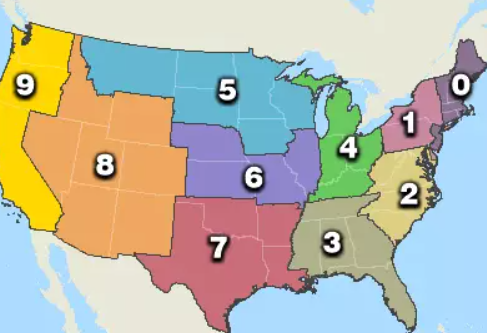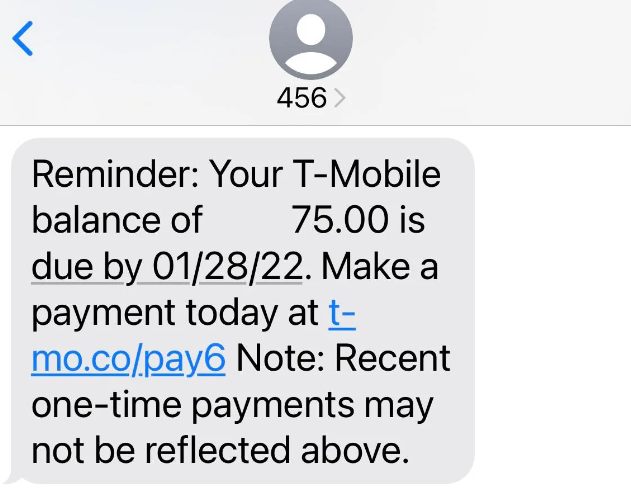Health insurance waiting periods can be a source of confusion and frustration for many individuals seeking coverage. These periods, which vary in length depending on the type of insurance and the specific plan, represent a time frame during which certain benefits may not be available. It is important to understand these waiting periods before enrolling in a health insurance plan to ensure you have realistic expectations about when your coverage will fully kick in.
What are health insurance waiting periods?
Health insurance waiting periods are essentially a predetermined period during which specific benefits within a health insurance plan are not yet accessible to the policyholder. This means that even though you may have paid your premiums and are technically insured, certain services or treatments may not be covered until the waiting period has elapsed. These periods exist to protect insurance companies from individuals seeking coverage only when they anticipate needing immediate medical care. By implementing waiting periods, insurers can mitigate the risk of adverse selection and maintain financial stability.
Types of health insurance waiting periods
There are various types of health insurance waiting periods, each applying to different categories of benefits. Let’s explore some of the most common ones:
- General Waiting Periods:
General waiting periods typically apply to all new policyholders and cover a wide range of benefits. They can range from a few weeks to several months, depending on the insurance provider and the specific plan. During this period, certain services, such as elective surgeries or non-emergency treatments, may not be covered. It is important to carefully review the terms of your policy to understand the exact duration of the general waiting period and the specific benefits that are affected.
- Pre-existing Condition Waiting Periods:
Pre-existing condition waiting periods are specifically designed for individuals with pre-existing medical conditions. These periods can be significantly longer than general waiting periods, sometimes extending up to a year or even longer. During this time, any treatment or service related to the pre-existing condition may not be covered. However, it is worth noting that the Affordable Care Act (ACA) prohibits health insurance companies from imposing pre-existing condition exclusions on new policies. This means that individuals with pre-existing conditions can no longer be denied coverage or charged higher premiums based on their health status.
- Maternity Waiting Periods:
Maternity waiting periods are relevant for women planning to start a family. These periods, which can range from several months to a year, dictate when maternity benefits, such as prenatal care, delivery, and postnatal care, become available. It is important to consider these waiting periods when choosing a health insurance plan if you are considering pregnancy in the near future.
- Other Waiting Periods:
In addition to the aforementioned types, there may be other waiting periods specific to certain benefits or services. For example, some plans may have waiting periods for dental or vision care, mental health services, or prescription drug coverage. It is crucial to thoroughly review your policy documents to identify any additional waiting periods that may apply to your specific plan.
Factors Affecting Health Insurance Waiting Periods
Several factors can influence the length and applicability of health insurance waiting periods. Let’s delve into some of the key determinants:
- Type of Insurance:
The type of health insurance you choose can significantly impact the waiting periods you encounter. Individual health insurance plans typically have shorter waiting periods compared to group health insurance plans offered by employers. Short-term health insurance plans, which provide temporary coverage, often have minimal or no waiting periods. However, they may also have limited benefits and exclusions for pre-existing conditions.
- Specific Plan:
Even within the same type of insurance, different plans may have varying waiting periods. It is essential to compare multiple plans and their respective waiting periods before making a decision. Some plans may offer shorter waiting periods for certain benefits in exchange for higher premiums or deductibles. It is crucial to strike a balance between affordability and the desired waiting period lengths.
- State Regulations:
State regulations can also play a role in determining health insurance waiting periods. Some states may impose limitations on the maximum duration of waiting periods for specific benefits. It is advisable to familiarize yourself with the regulations governing health insurance in your state to understand any potential restrictions on waiting periods.
- Individual Circumstances:
In some cases, individual circumstances may influence the applicability of waiting periods. For example, if you are switching from one health insurance plan to another within the same insurance company, you may be able to waive certain waiting periods. Similarly, if you experience a qualifying life event, such as marriage, childbirth, or loss of coverage, you may be eligible for a special enrollment period that allows you to enroll in a new plan without having to wait for the next open enrollment period.
Navigating Health Insurance Waiting Periods
While health insurance waiting periods may seem inconvenient, there are strategies you can employ to navigate them effectively. Let’s explore some helpful tips:
- Plan Ahead:
If you anticipate needing specific medical services or treatments in the near future, it is advisable to plan and enroll in a health insurance plan well in advance. This will allow you to complete any necessary waiting periods before requiring those services.
- Review Policy Documents Carefully:
Thoroughly review your health insurance policy documents to understand the exact waiting periods that apply to your plan. Pay close attention to the specific benefits that are affected and the duration of each waiting period.
- Consider Short-Term Coverage:
If you need immediate coverage and cannot wait for the waiting periods of a traditional health insurance plan to elapse, consider exploring short-term health insurance options. These plans can provide temporary coverage with minimal or no waiting periods, but they may have limitations on benefits and exclusions for pre-existing conditions.
- Explore Special Enrollment Periods:
If you experience a qualifying life event, such as marriage, childbirth, or loss of coverage, you may be eligible for a special enrollment period. This allows you to enroll in a new health insurance plan outside of the regular open enrollment period, potentially bypassing certain waiting periods.
- Seek Professional Advice:
If you have any questions or concerns about health insurance waiting periods, do not hesitate to seek professional advice. Consult with an insurance agent or broker who can provide personalized guidance based on your specific needs and circumstances.
Conclusion
Health insurance waiting periods are an integral part of many health insurance plans. They serve to protect insurance companies from adverse selection and maintain financial stability. By understanding the different types of waiting periods, the factors that affect them, and the strategies for navigating them, you can make informed decisions about your health insurance coverage and ensure you have realistic expectations about when your benefits will become available. Remember to carefully review your policy documents, plan, and seek professional advice if needed to ensure you have the coverage you need when you need it.
Read More: ACA Near Me: Your Comprehensive Guide to Finding Affordable Care







